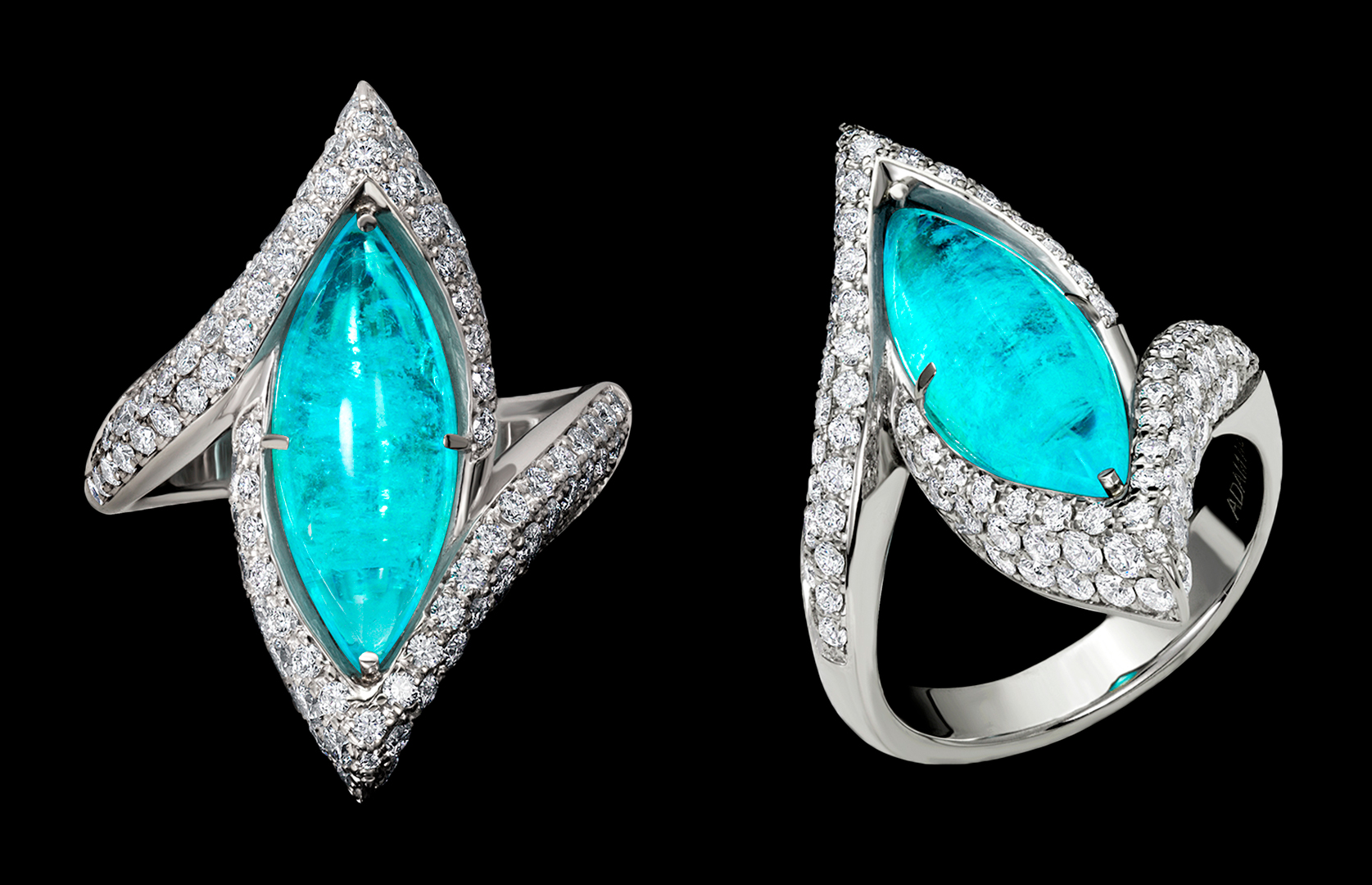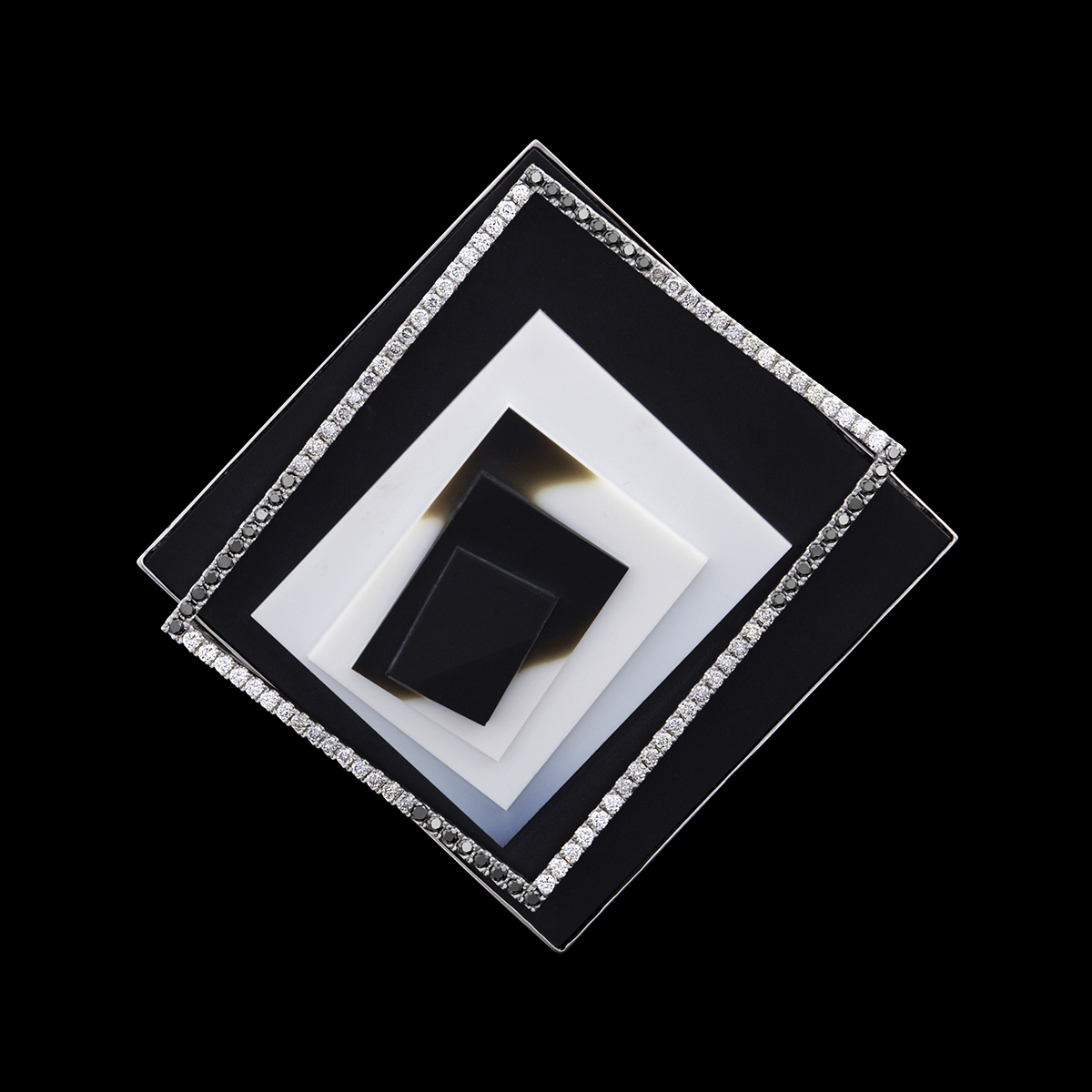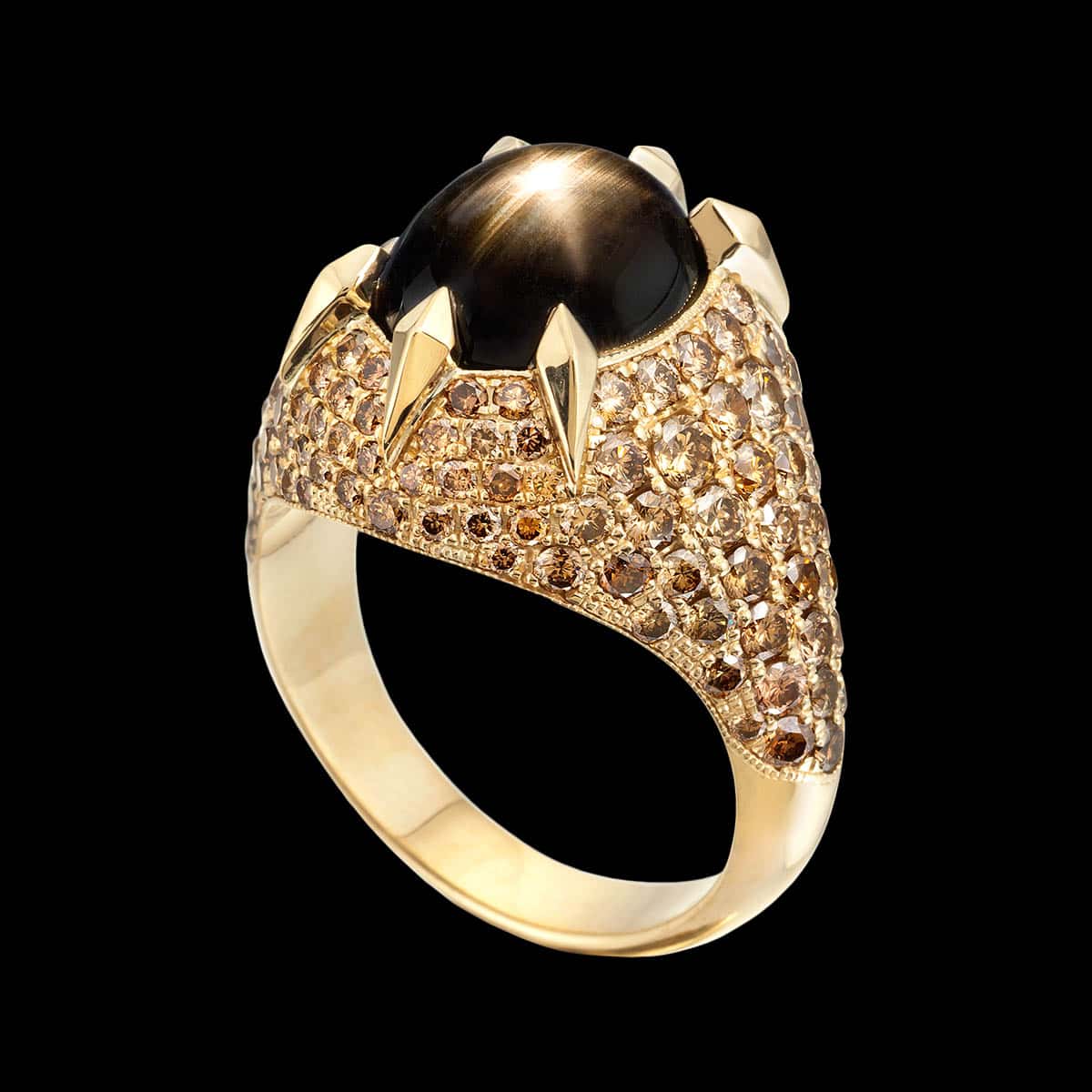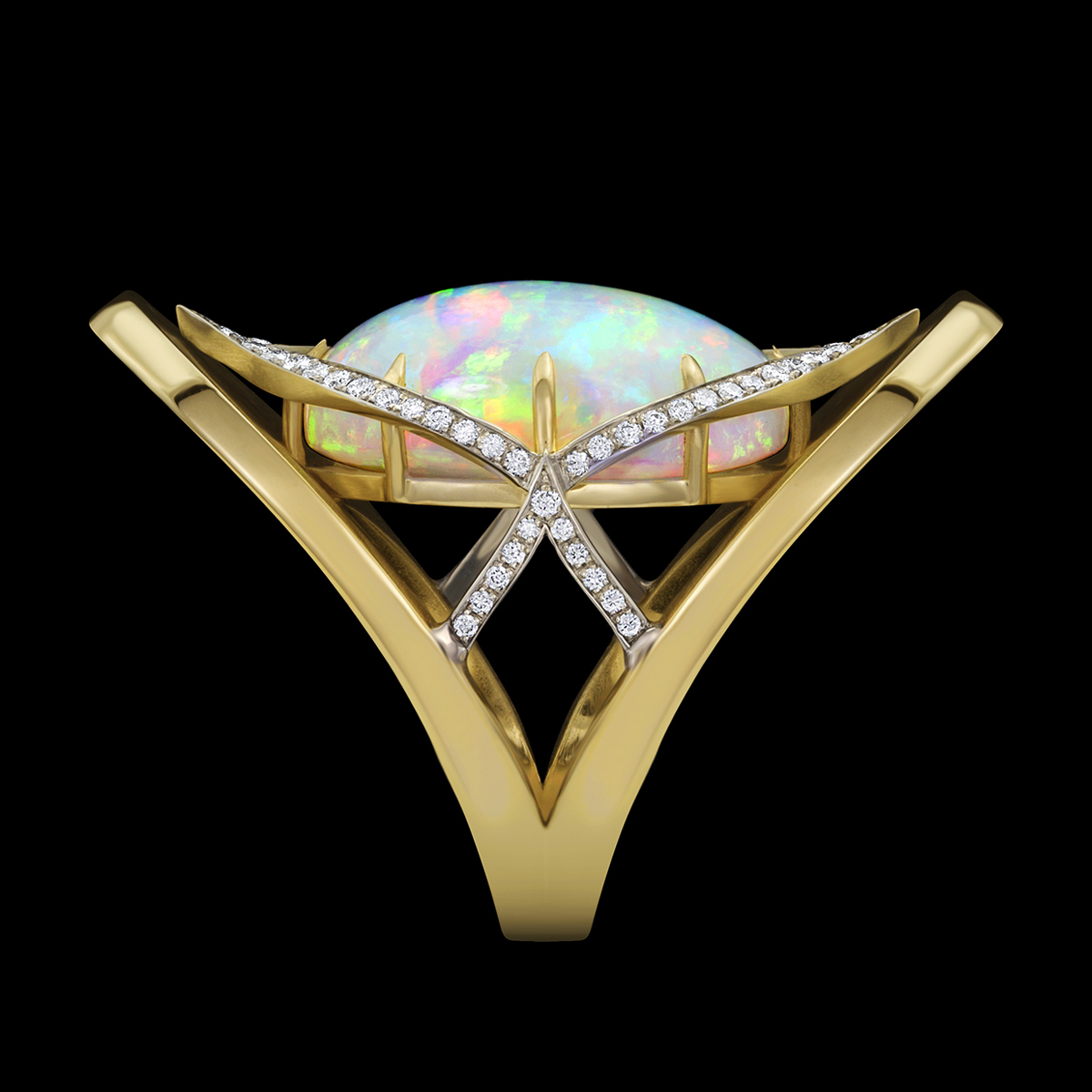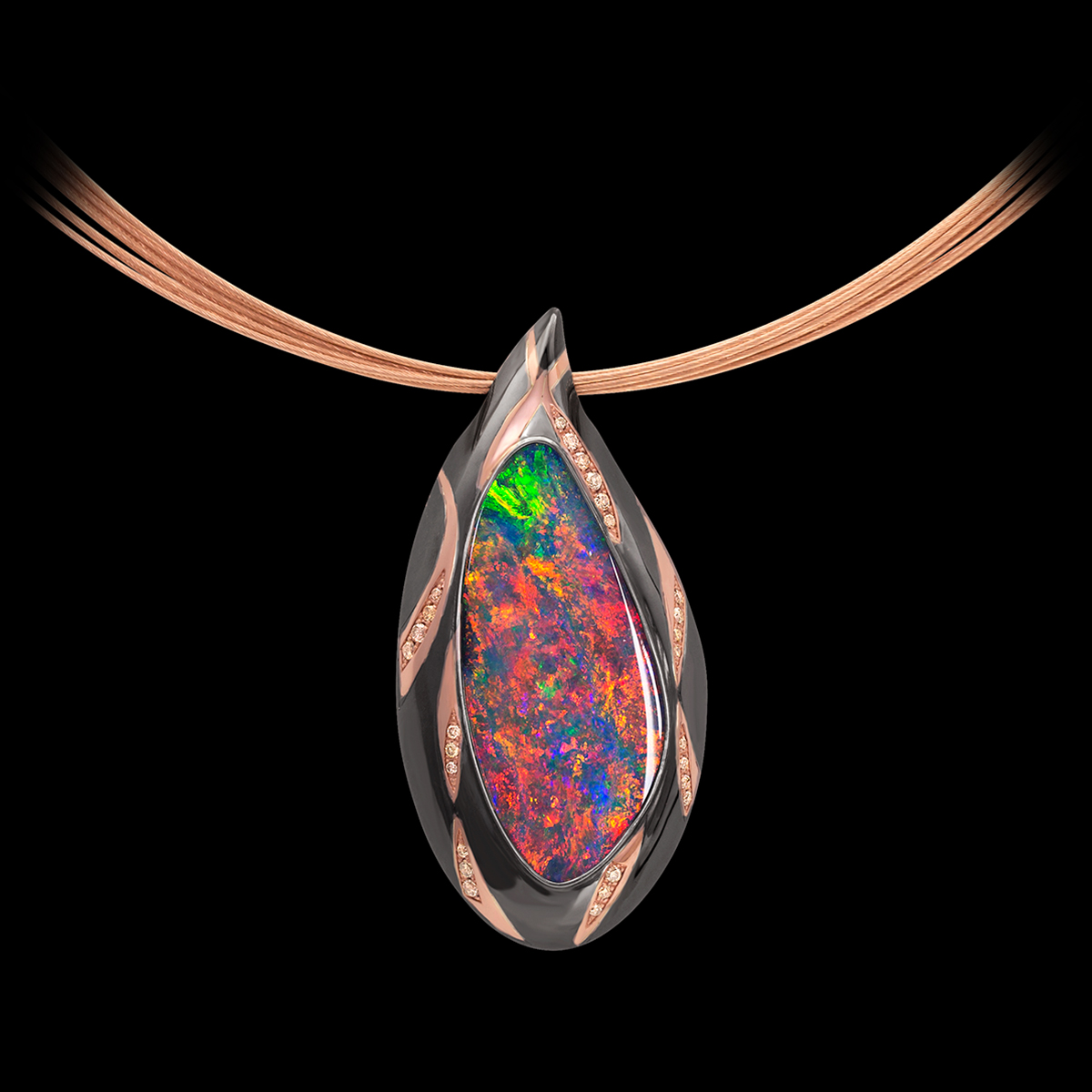History indicates that cultures around the world celebrated gemstones by cutting and polishing them into cabochons. Bronze Age archeological finds from Mesopotamia include intricate serpentine amulets, early dynasty Egyptians donned turquoise, and polished jade was significant in pre-Christian Germanic, Chinese, and Moari cultures.
This decidedly ancient lapidary tradition has flourished and developed over time. In the early 1400s, gemstone faceting became the favored method for cutting translucent gems, while cabochon cutting remained the preferred style for opaque and transparent specimens. By the end of that century, the little town of Idar-Oberstein, Germany emerged as the gemstone cutting capital of the world. Innovators there began using mills, which could harness the power of flowing water to grind, cut and polish agate and amethyst from nearby mines. Today Idar-Oberstein remains an important city for gemstone cutting, as home to many stone cutters including the multi-generational Munsteiner lapidary house. The Munsteiners rose to fame for pioneering the Fantasy-cut and remain at the forefront of lapidary innovation.
